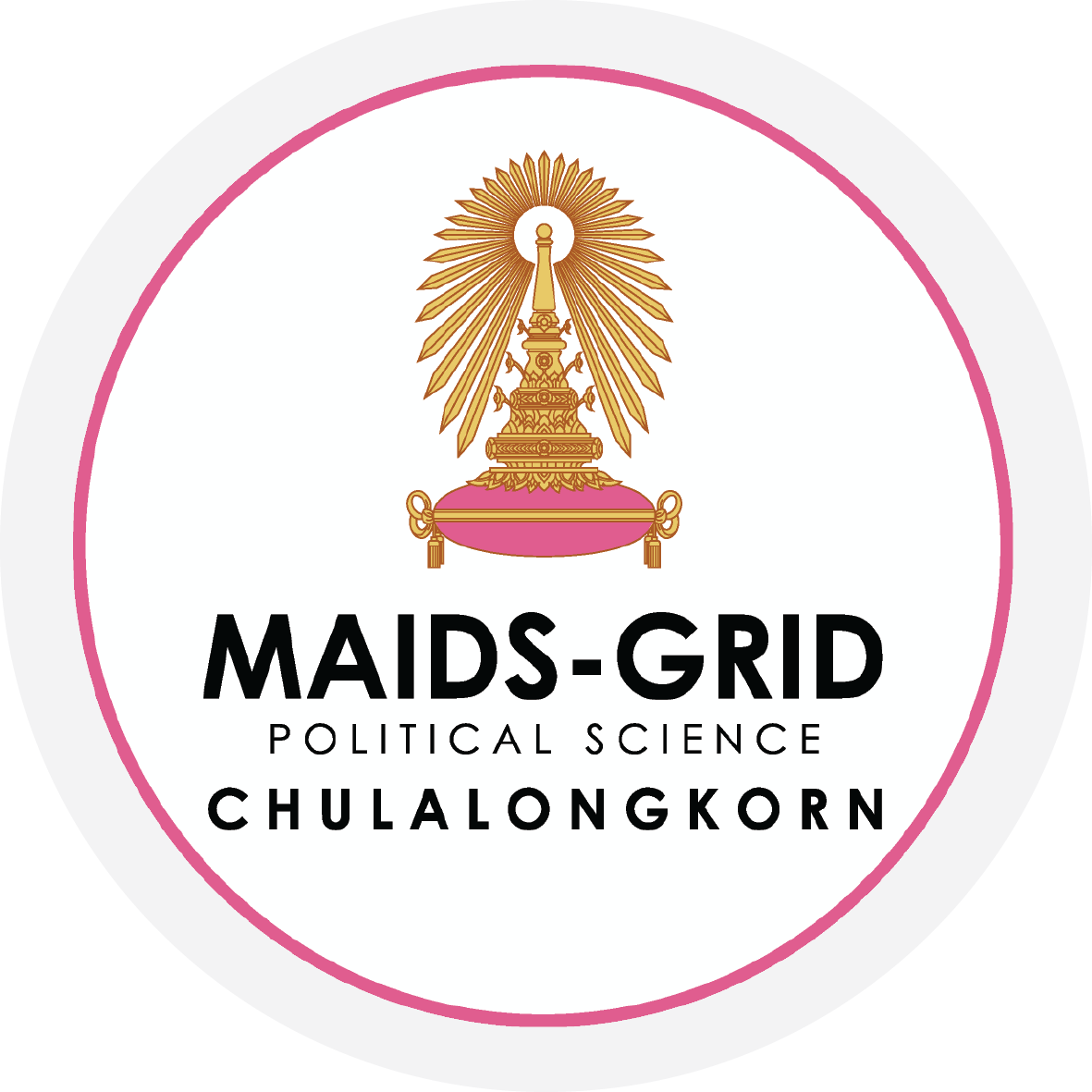Aung, H. (2014) Social Movement on Myitsone Hydropower Dam Project in Kachin State, Burma/Myanmar
Title: Social Movement on Myitsone Hydropower Dam Project in Kachin State, Burma/Myanmar
Author: Hkawn Ja Aung
Year: 2014
Keywords: SOCIAL MOVEMENT / MYITSONE HYDROPOWER DAM PROJECT / BURMA/MYANMAR
Download PDF of Abstract: English Thai
Abstract:
In 2006, the Myitsone Dam was proposed to be built at the confluence of Mali Hka and Nmai Hka Rivers in Kachin State by the Burmese government and a Chinese company. Whilst 90% of electricity would go to China, millions of people who depend on the Ayeyarwady River in Burma would be affected due to environmental and social impacts. The initial construction, which started in 2009, produced immediate impacts such as forced resettlement, loss of livelihoods, properties, and lands, loss Of fish species, and deforestation. Hence, local affected people opposed the project and a social movement grew that eventually included media, non-state actors and political parties. On 30th September 2011, President Thein Sein officially suspended the construction of Myitsone Dam in his presidential term until 2015.
The purpose of this thesis is to study the emergence of this social movement at the Myitsone Hydropower Dam project. Applying the hybrid conceptual framework of Resource Mobilization and political opportunity, the thesis focuses on the organizing skills of local communities, and how they gained support from the outside and the political opportunities that arose. This research uses qualitative methodologies in data collection — reports and document analysis, focus group discussion and in-depth interviews with key respondents in field work. Data information is gathered from local communities including two relocated villages, civil societies, politicians and activists mainly in Kachin State and Yangon. The study also explores how the decision for suspension of this project has had further implications for other large scale project governance in Burma, particularly hydropower projects.
The main research finding is that the local communities were trying to reach out the effects of this project to many regions while they were struggling for their survivals due to forced relocation and loss of livelihoods. The involvement of various factors such as funding, coordinating, media coverage and legal supports have supported this movement into public affairs. It also finds that that the Myitsone project vividly differentiated the different political roles of local ethnic armed groups in Kachin State. The thesis concludes that the suspension of Myitsone project has been one of the evidences of democratic transition for the President and the new government, and that the Myitsone social movement stood as a symbol for other social movements since political transition.
Contact MAIDS-Chula for more information and full thesis at maidschula@gmail.com
Tag Cloud
BANGKOK CAMBODIA CASE STUDY CHIN CIVIL SOCIETY COMMUNITY COMMUNITY FISHERIES CORPORATE SOCIAL RESPONSIBILITY DECENTRALIZATION DEVELOPMENT DOMESTIC WORKERS EX-KMT REFUGEES FRONTIER GENDER GOOD GOVERNANCE HUMAN RIGHTS HUMAN SECURITY HUMAN TRAFFICKING IMPLEMENTATION INDONESIA INTERNATIONAL-TRANSFORMATION LAND TENURE LAO PDR LIVELIHOOD MALAYSIA MIGRANT WORKERS MIGRATION MYANMAR NETWORK THEORY NORTHERN THAILAND POLICY POST COLD WAR ASIA POVERTY REDUCTION REINTEGRATION RESISTANCE RIGHTS-BASED APPROACH SEASONAL LABOUR MIGRATION SOCIAL MOVEMENT SUSTAINABLE DEVELOPMENT TAK PROVINCE THAI BERRY PICKERS THAILAND TONLE SAP LAK TOURISM TOURISM DEVELOPMENT
